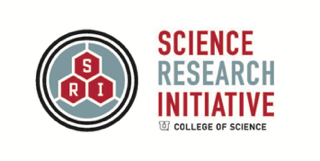Wildlife Watch Camera Monitoring Comes to a Close, but Wildlife Conservation Continues
After seven years of camera monitoring across the Wasatch, this portion of the Wildlife Watch project is coming to a close. Your contributions have shaped our understanding of urban wildlife and we are so grateful for the countless hours our wildlife watchers have poured into this work!
However, the work to conserve Western wildlife continues! We are excited to hand off the project to the University of Utah’s Wildlife Society Chapter, who will run the project with a narrowed focus on Red Butte Canyon and the surrounding neighborhoods.
In the meantime, Sageland Collaborative will be putting science into action through our new Fence Restoration Program! With communities across the West, we will work to improve wildlife’s ability to move freely across the landscape.
Celebrate Wildlife Watch!
Where the Wild Ones Wander, a Sageland Collaborative short: Over the past 7 years, volunteer community scientists, research students, and conservation partners have come together to collect and analyze trail camera data through the Wasatch Wildlife Watch project. Learn how these data play an important role in our understanding of how wildlife utilize the landscape and influence habitat management for human-wildlife coexistence.
Stay Involved
While the camera monitoring portion of this project has come to a close, there are still many ways you can contribute to wildlife conservation as a community scientist!
Camera trapping: The student research team at the University of Utah is currently seeking volunteers to support their camera trapping efforts in Red Butte Canyon!
Help us analyze wildlife images! Volunteers can continue to support our Wildlife Watch work through the Image Analysis portion of this project. This work can be done remotely, from anywhere with computer and internet access.
Sign up to receive updates as our Fence Restoration Program develops! Volunteers will be crucial in supporting this work to ensure wildlife can safely and reliably migrate across the West.
Thank You
We have accomplished so much over the past seven years through the support of our incredible Wildlife Watch community. Thank you so much for your dedication to Utah’s wildlife and their habitats - we couldn’t have done this without you.
Questions? Please email Dr. Austin Green at austin@sagelandcollaborative.org.











